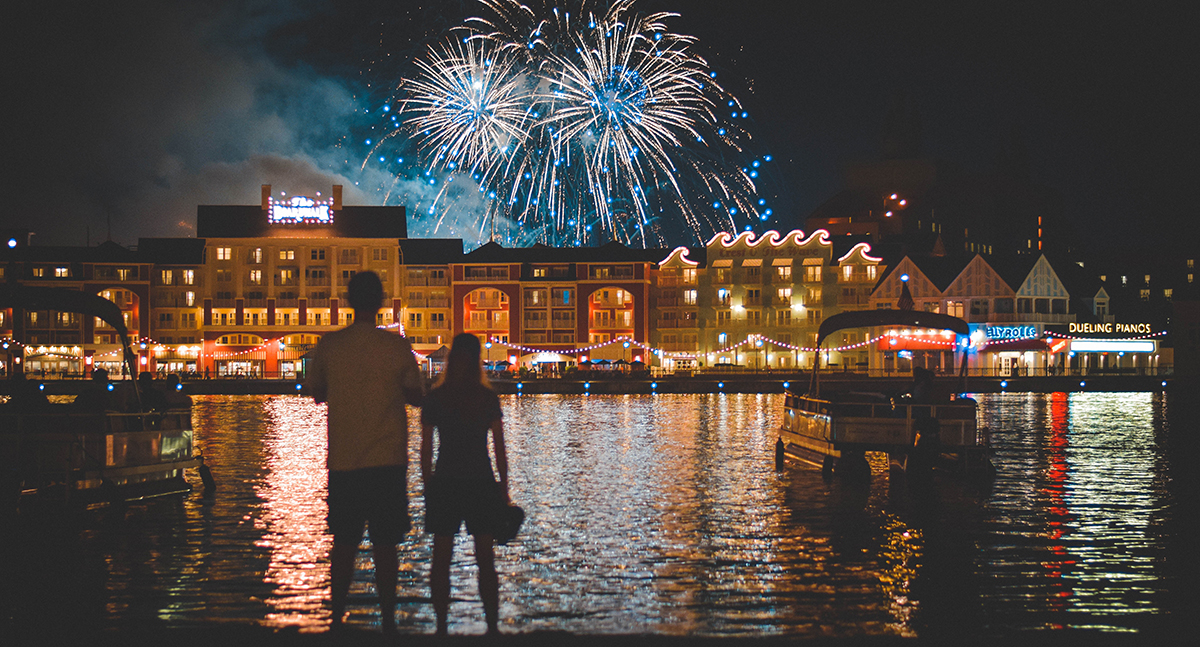
Keeping Orlando Moving Through the Night
August 26, 2019 — The Big Picture
For years, Downtown Orlando has been one of the city’s, and the region’s go-to entertainment destinations. Unlike its biggest competitors; Disney Springs (formerly known as Downtown Disney) and Universal Orlando’s City Walk which, for all intents and purposes, were planned-developments backed by seemingly endless budgets, Downtown Orlando over the years has been “retrofitted” to accommodate for the types of businesses and services that the community has called for. Like many downtowns, our existing infrastructure is a constant consideration when we look to create or improve programming that enhances the downtown experience for visitors, residents, business owners and the likes.
In efforts to foster our reputable downtown entertainment district, the City of Orlando’s already-established Downtown Development Board/Community Redevelopment Agency “lobbied” to create a specialized role that has since caught fire with local governments across the world – the creation of a “night mayor” or, as it is titled in Orlando, a Projects Manager of Nighttime Economy. Hi! My name is Dominique Greco and I am a hospitality professional and enthusiast. I was the fifth in the United States to be dubbed a “night mayor” and am proud to have served my progressive city in this role for more than two years.
In addition to establishing a seven-day-a-week downtown ambassador program; producing the University of Central Florida’s National Championship Celebration; developing educational marketing campaigns related to parking, social services and best practices; and managing large-budget projects and sensitive strategic relationships, a priority of mine has been to better manage the experience for all user groups as it relates to transportation in our downtown entertainment district which also happens to be our central business district.
To further encourage Downtown Orlando’s vibrant nighttime economy, the City of Orlando supported my vision to create a streamlined exiting strategy for rideshare customers – a hefty bulk of our late-night visitors. Historically downtown, particularly at night and on the weekends, bursts at the seams when our trendy bar, club, live entertainment, and restaurant venues are at their peaks! For the last 10+ years, the City has opted to use police resources to temporality shut down a main thruway road that is concentrated with these hospitality businesses simply because the crowds that come to socialize are too big to be contained on the adjacent sidewalks. This cluster further amplifies at 2:00am when alcohol sales must cease and these businesses close up shop. At that time, weekend after weekend, crowds flood the streets with little to no direction as to 1) where to eat 2) where to use the restroom 3) where to efficiently call for a rideshare. Furthermore, the city’s downtown Orlando visioning effort, Project DTO, identified the creation of “highly connected neighborhoods and districts” as a key vision for the future of downtown.
To satisfy all of these needs, we developed the Downtown Orlando Rideshare Hub Pilot Program which began on May 3, 2019 for approximately six months.
The new hubs make Orlando one of the first municipalities in the nation to launch a transportation concept of this type; utilizing city streets for inclusive vehicle queuing (rideshare, taxis, personal vehicles, pedicabs, etc). Features of the Rideshare Hubs include:
- Dedicated pick-up lanes for cabs and rideshare drivers to help more efficiently move people out of downtown during late night hours
- Public restrooms
- Enhanced lighting
- Dedicated security
- Dedicated cleaning
- Proximate dedicated food truck areas
The pilot program currently includes two hubs in locations within 1-4 blocks of the hospitality venues in this entertainment district. The hubs operate on our busiest nights, Fridays and Saturdays from midnight to 3:00 a.m.
We have partnered with Lyft and Uber to bring this overall vision to life and have charged both rideshare giants to build geo-fenced areas that suit the hubs – meaning both the rider and the driver are directed to a mutual location (one of the two hubs) that are strategically located and designed for easy ingress/egress of vehicles.
The pilot, thus far, has shown positive results such as significant decrease in average wait time (ETA) that a customer waits between requesting their ride and getting in the vehicle, decreased cancelled rides as well as improved efficiency moving downtown patrons to their night’s final destination.
Stay tuned for updates as we continue to measure the success of this pilot and focus on rider-focused marketing and education!